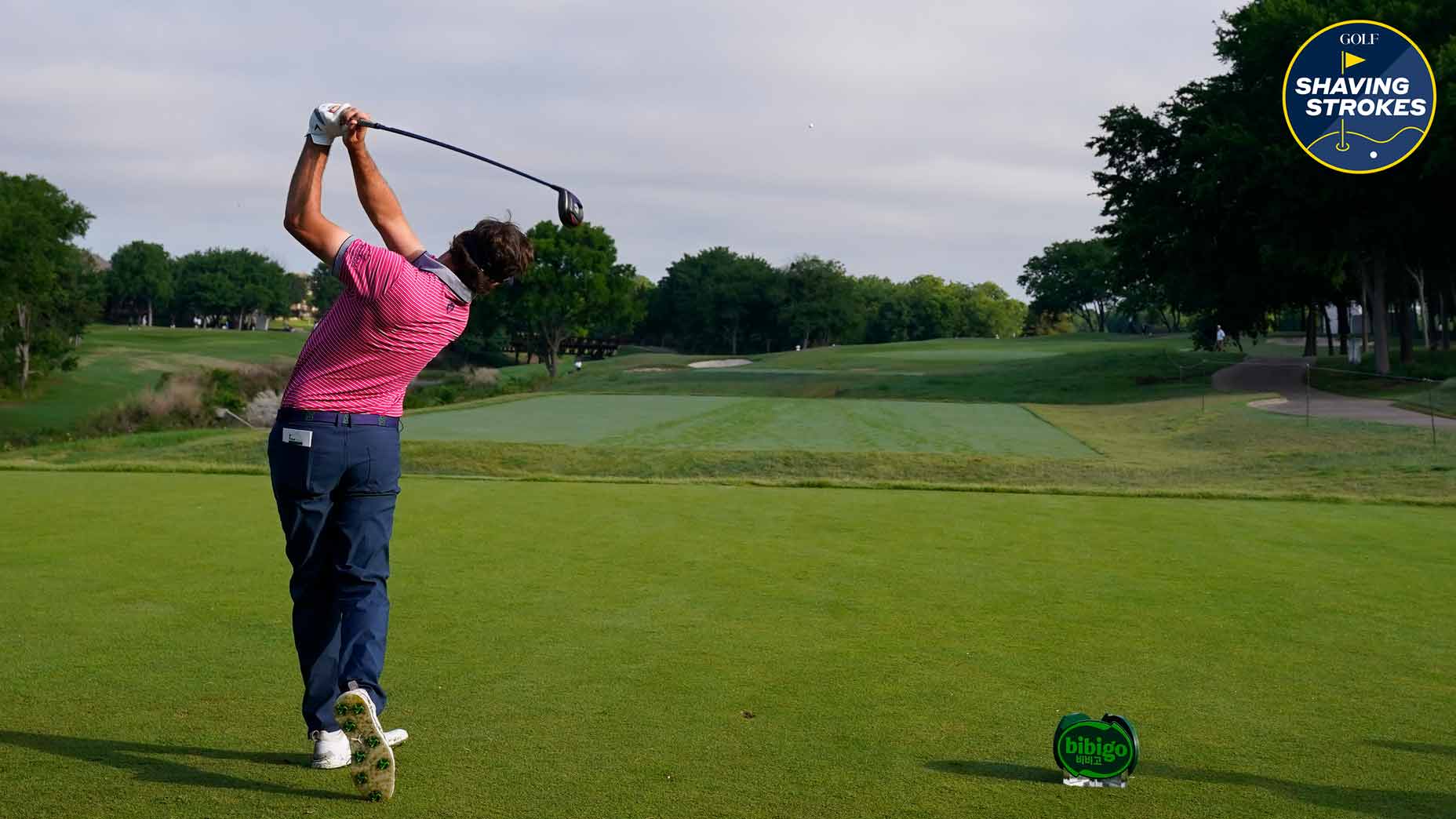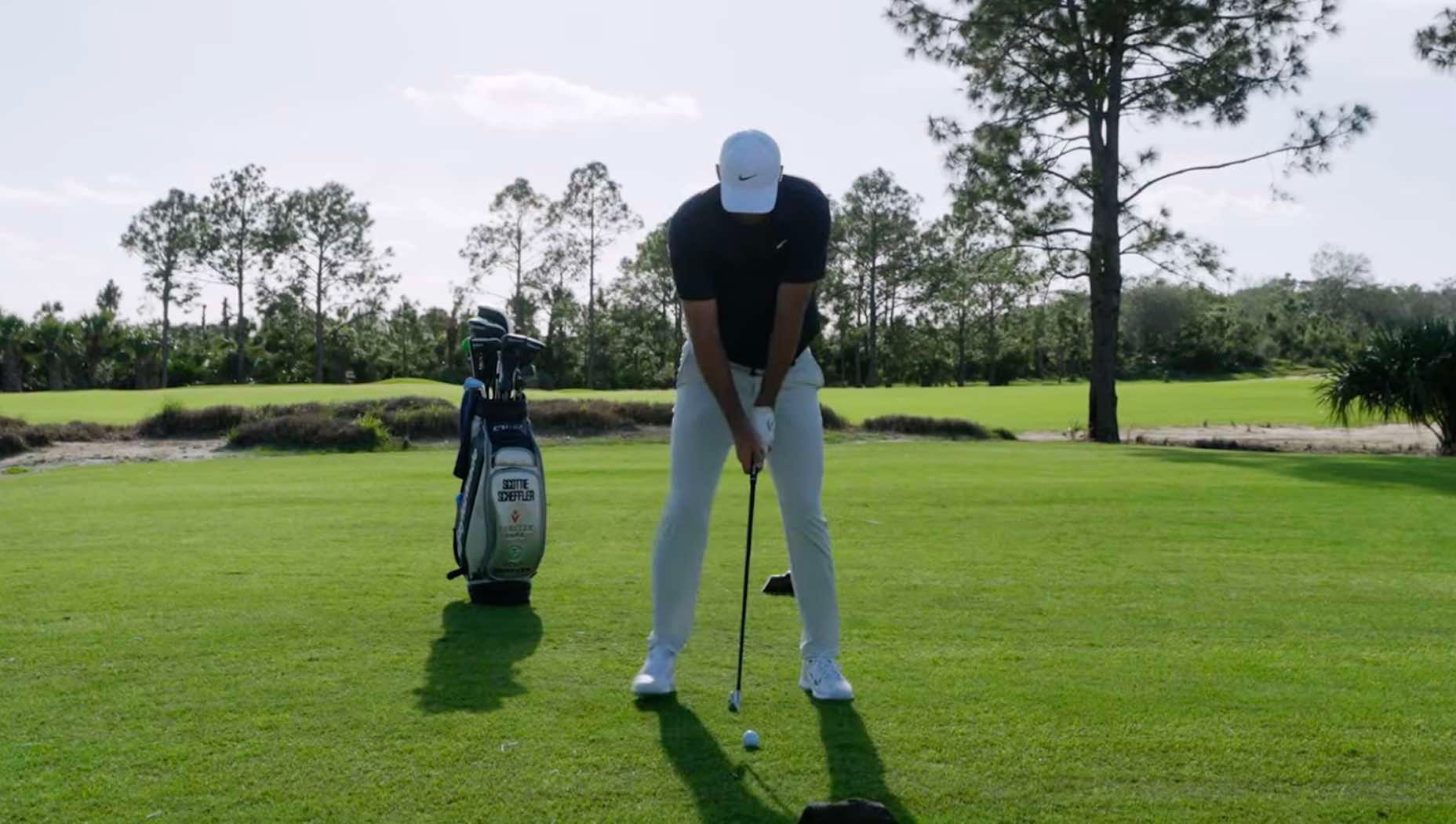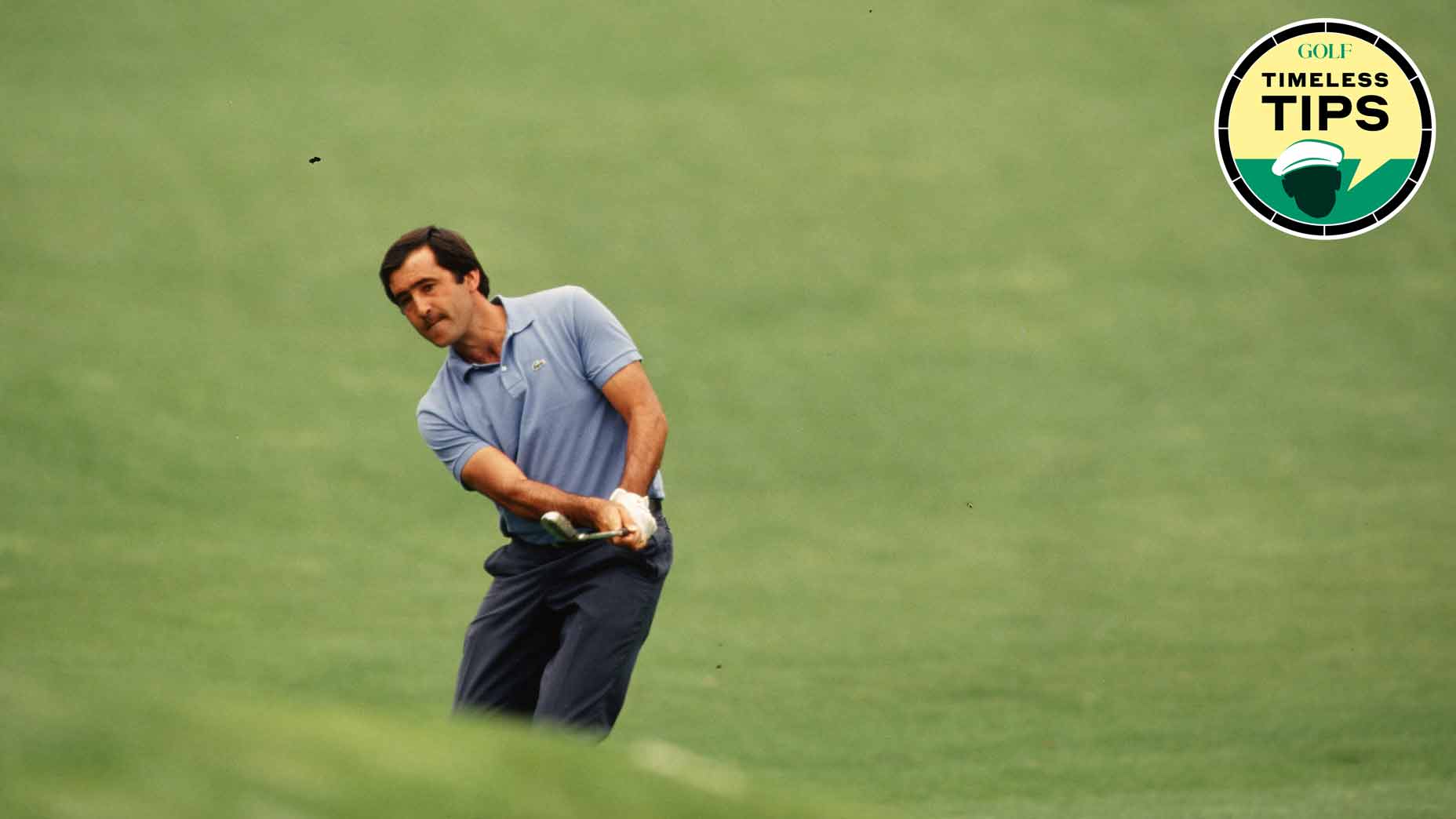 Top 100 teacher’s tip on lowering your handicap? It’s just 4 words
Top 100 teacher’s tip on lowering your handicap? It’s just 4 words
The Etiquetteist: Does ‘club hawking’ violate the spirit of the rules?
You can pick your nose and you can pick your friends, but you can’t pick through your friend’s golf bag to see what club they’ve hit.
Nor are you allowed to request that information, or supply it to any other golfer in the field. All of this is clear under the Rules of Golf. It should be, anyway, especially after last week’s headline-making violations at the LPGA Q-Series at Pinehurst.
The Q-Series, of course, is competitive golf, which is different from the casual golf most of us play. In casual golf, the rules get bent and broken all the time. Good thing we’ve got etiquette to guide us.
So, what do the game’s unwritten codes of conduct say about seeking and sharing intel on club selection? How do we know if and when we’ve crossed a line?
“The short answer,” Steve Scott says, “is that it all depends.”
Scott, you might recall, is the erstwhile scrappy underdog who took Tiger Woods to extra holes in the finals of the 1996 U.S. Amateur Championship. Today, he’s the head professional at the Outpost Club, a private golf society, and a part-time commentator for Fox Sports — so he’s fluent in golf at all levels of intensity.
In a low-key match with friends, Scott says, it can be perfectly okay to allow for a free flow of information, so long as no one in the group objects.
“What did you hit there, Steve?”
“I hit seven-iron, Josh.”
No harm, no foul.
But golf is a delicate social dance; reading people and situations is even more important than reading greens. When the stakes get steep, or the company is unfamiliar, your policy should be like the military’s: don’t ask, don’t tell.
ADVERTISEMENT
“Different people are going to have different attitudes about sharing information, and those attitudes themselves might change depending on the scenario,” Scott says. “So when in doubt, your best best is to play it safe.”
Feel free to sneak a peek into your playing partner’s bag. That’s permissible under the Rules of Golf. Just don’t expect your opponent to make that easy. In Scott’s competitive playing days, he wasn’t keen on letting his opponent glean potentially valuable information.
“I might put my bag on the opposite side of the tee or cover my clubs with a towel so they couldn’t see in,” Scott says. “Bottom line: if I’m coming down the stretch in the final group, and my opponent wants to know what I hit on the par-3 17th, I’m definitely not going to want to give him that information.”
The same might happen in a casual round. Your playing partner might be a Type A sort who doesn’t take kindly to your looking in his bag. If you see he’s trying to stop you from getting a good view, pick up on those cues and don’t pry. Then again, the Type A player might be you, in which case you can use Scott’s trusted method for stymying any lookie-loos. Your playing partners might see this as unsociable behavior. But it’s unlikely they’ll make a stink about it. This is golf, after all. And most golfers understand that one thing not worth picking on the course is a fight.
ADVERTISEMENT








